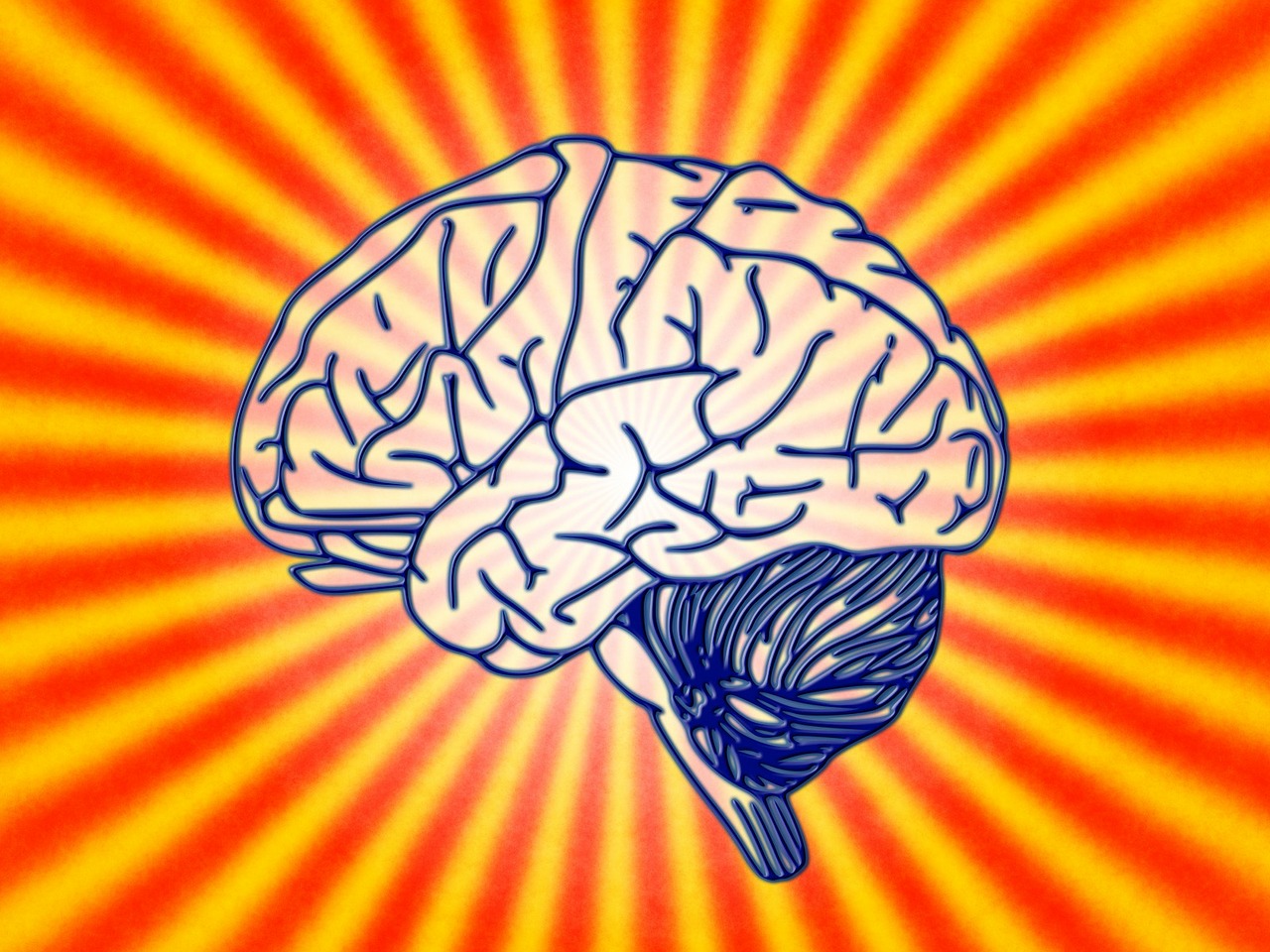
08 Aug How To Learn More, In Less Time
Posted at 11:46h
in Psychology
Want to learn the most in the least amount of time possible?
It’s exam time.
Information overload.
I’ve spent the last few weeks skimming material trying to find out what’s useful, wasting lots time while remembering little.
I bet you are in the same situation or are looking for a way to remember more of what you study and spend less time on the books. So here it is.
Studying and extracting value from what we read is much more than memorizing facts and trying to plant bits of information into our brains. Many of us cannot remember critical concepts because we don’t leverage the brain’s natural way to learn.
The building blocks of an efficient learning system
Memorizing facts is not an effective way to store information for later use because it neglects to address what the brain prefers. We’ve been told to believe memorization is the best way to perform and that whoever can memorize the most is the best student or professional. Our study system places crucial importance on memorizing factual information.
It’s important to understand how the brain works to best keep long-term knowledge. These simple tips also apply if your internet is down.
Operate based on your brain’s strength
The brain opts to think in images. It operates visually and learns lmore when exposed to vivid and clear photos. The more exaggerated or illogical the images are presented, the better it operates.
If you can connect a clear visual with what you are learning, the more knowledge will remain in your memory.
Since the brain is very visual, you can use a strategy such as mnemonics. Mnemonic is a scheme such as a pattern of letters, ideas, or associations that helps in remembering something. Mnemonics also happens to address the brain’s workings. It can create silly, vibrant and fun pictures that will appeal to the brain. When you know how to associate text with a particular image, you increase your chances of retaining it.
Treat your brain as a stage
Your brain is like a mini-performance stage. It likes information that shows action. Since it is very visual, it llearns more when there are motions that connect the notions you are learning.
Treat the information you want to memorize as a storyline, with each part actively moving on to the next. This way, your brain will draw connections easier and remember the sequents of events (or facts).
Review the same information, but from different sources
There’s proof that we’re capable of retaining information by reading the same piece of information in different places. When we learn new things, we have a tendency to associate what we study with our surroundings at the time of retention. For example, if you study at a McDonald’s (no judging), you’ll link a certain fact to the song playing in the background or the flavor of the Big Mac you ate. When we compile more things we can relate to what we’ve studied, it can help trigger our memory when trying to recall facts when needed in the future.
Finally, make sure you shut off your phone and any unnecessary distractions and make sure you’re laser-focused on the task at hand.
I hope you found this article useful! Let me know your thoughts in the comment section below 🙂

